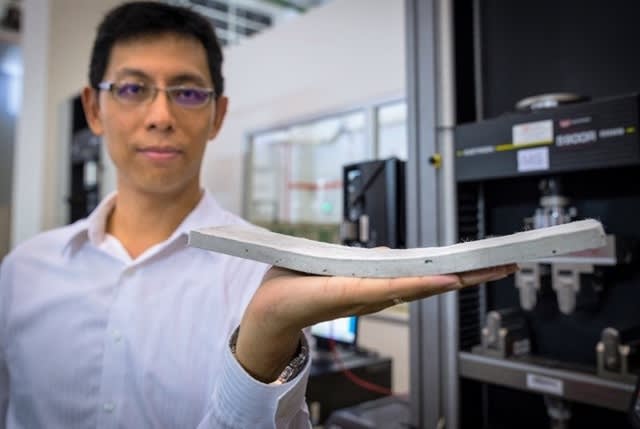sstefan
Industrial
- Aug 23, 2015
- 5
Hi,
I have few questions in mind about the aggregate choice for making pavers and hollow blocks.
How would the natural sand compare to crushed (washed and screened of course ) gravel, to limestone aggregate?
What would be the best option in terms of quality of products?
I have heared that first fraction( 0-4 mm) of limestone aggregate cannot be used in concrete mixes and it has to be replaced with sand. Is that true? If so does it also apply for making pavement or only for more serious constructions as tunnels , etc ?
Im talking about hydraulic vibropressed pavers and blocks.
Thanks a lot for your time and knowledge!
Best regards,
Stefan
I have few questions in mind about the aggregate choice for making pavers and hollow blocks.
How would the natural sand compare to crushed (washed and screened of course ) gravel, to limestone aggregate?
What would be the best option in terms of quality of products?
I have heared that first fraction( 0-4 mm) of limestone aggregate cannot be used in concrete mixes and it has to be replaced with sand. Is that true? If so does it also apply for making pavement or only for more serious constructions as tunnels , etc ?
Im talking about hydraulic vibropressed pavers and blocks.
Thanks a lot for your time and knowledge!
Best regards,
Stefan




